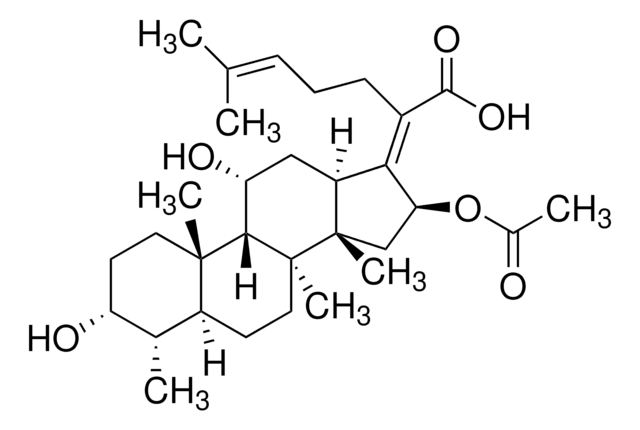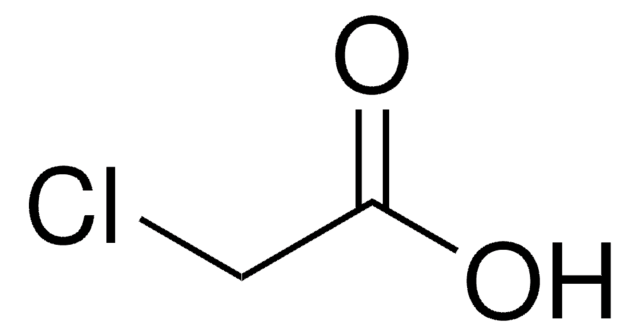PHR1220
Diethanolamine
Pharmaceutical Secondary Standard; Certified Reference Material
Synonym(s):
2,2′-Iminodiethanol, Bis(2-hydroxyethyl)amine
About This Item
Recommended Products
grade
certified reference material
pharmaceutical secondary standard
Quality Level
agency
traceable to USP 1192808
vapor density
3.6 (vs air)
vapor pressure
<0.98 atm ( 100 °C)
API family
diethanolamine
CofA
current certificate can be downloaded
autoignition temp.
689 °F
expl. lim.
10.6 %
technique(s)
HPLC: suitable
gas chromatography (GC): suitable
refractive index
n20/D 1.477 (lit.)
bp
217 °C/150 mmHg (lit.)
mp
28 °C (lit.)
density
1.097 g/mL at 25 °C (lit.)
application(s)
pharmaceutical (small molecule)
format
neat
storage temp.
2-30°C
SMILES string
OCCNCCO
InChI
1S/C4H11NO2/c6-3-1-5-2-4-7/h5-7H,1-4H2
InChI key
ZBCBWPMODOFKDW-UHFFFAOYSA-N
Looking for similar products? Visit Product Comparison Guide
General description
Application
Analysis Note
Other Notes
The collision cross section (CCS) measurement was provided by Waters Corporation, using the SYNAPT XS mass spectrometer.
For a description and overview of how ion mobility enables the measurement of the CCS of an ion visit ims.waters.com.
Further information on the SYNAPT XS mass spectrometer can be found on the IMS microsite and product webpage.
TWCCS measurements are expected to be within 2% of this reference value.
P/N PHR1220 is part of the Waters Extractables & Leachables UNIFI scientific library which can be downloaded from Waters Marketplace.
Footnote
related product
signalword
Danger
Hazard Classifications
Acute Tox. 4 Oral - Eye Dam. 1 - Repr. 2 - Skin Irrit. 2 - STOT RE 2 Oral
target_organs
Kidney,Liver,Blood
wgk_germany
WGK 2
flash_point_f
280.4 °F
flash_point_c
138 °C
Choose from one of the most recent versions:
Certificates of Analysis (COA)
Don't see the Right Version?
If you require a particular version, you can look up a specific certificate by the Lot or Batch number.
Already Own This Product?
Find documentation for the products that you have recently purchased in the Document Library.
Customers Also Viewed
Our team of scientists has experience in all areas of research including Life Science, Material Science, Chemical Synthesis, Chromatography, Analytical and many others.
Contact Technical Service







